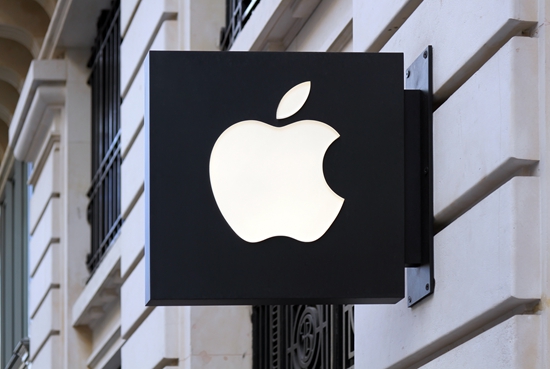To compete with South Korean companies holding a dominant position in the OLED display market, Apple is striving to establish its Mini LED industry chain.
According to the latest report by Ming-Chi Kuo, a well-known analyst of Apple products, Apple’s mass production agenda for its Mini LED monitors comprises five stages.
-
Stage 1: Changes in screen yield rates and shipping schedules will significantly affect the stock valuation of “primary suppliers”. Therefore, Apple’s suppliers will endeavor to improve product yield.
-
Stage 2: To avoid supply risk and reduce product costs, Apple will actively seek secondary suppliers of Mini LED key components, of which the shipping share will largely rise.
-
Stage 3: Shipments of Mini LED panels are driven by MacBook instead of iPad products; the computer series will come with Mini LED screens at this stage.
-
Stage 4: Numerous companies are expected to follow Apple’s strategy of promoting Mini LEDs.
-
Stage 5: The production cost of Mini LEDs will substantially decrease in 2023–2024.

Image source: PAIXIN.COM
In his report, Kuo added that the years 2023 and 2024 will see a significant decrease in the Micro LED production cost. Hence, Micro LED could be in the spotlight starting from 2023. Kuo believed that Apple is developing Micro LED technologies, yet the production schedule has not been confirmed.
More businesses will be willing to invest in Micro LED design and R&D if the Mini LED industry thrives, thereby facilitating mass production of Micro LEDs. Under such circumstances, investments would mostly come from suppliers of LED chips, mass transfer services, packaging services, testing systems, and LED production tools.
Micro LED monitors have several advantages over LCDs and OLED displays, including its slimness and high energy efficiency. For example, a Micro LED monitor consumes only 1/10 of the power consumed by an LCD, while boasting OLED-like color saturation.
Additionally, Micro LED supports stronger brightness, greater dynamic range, and wider gamut, while featuring higher refresh rates and viewing angles with lower power consumption.
Because the development of Micro LED technologies is difficult, Micro LED design in the early stage is expected to rely on Mini LED, a transitional technology between conventional LED and Micro LED. According to previous reports, Apple still considers Micro LED an “extremely essential” technology. (Source: mydrivers.com)












